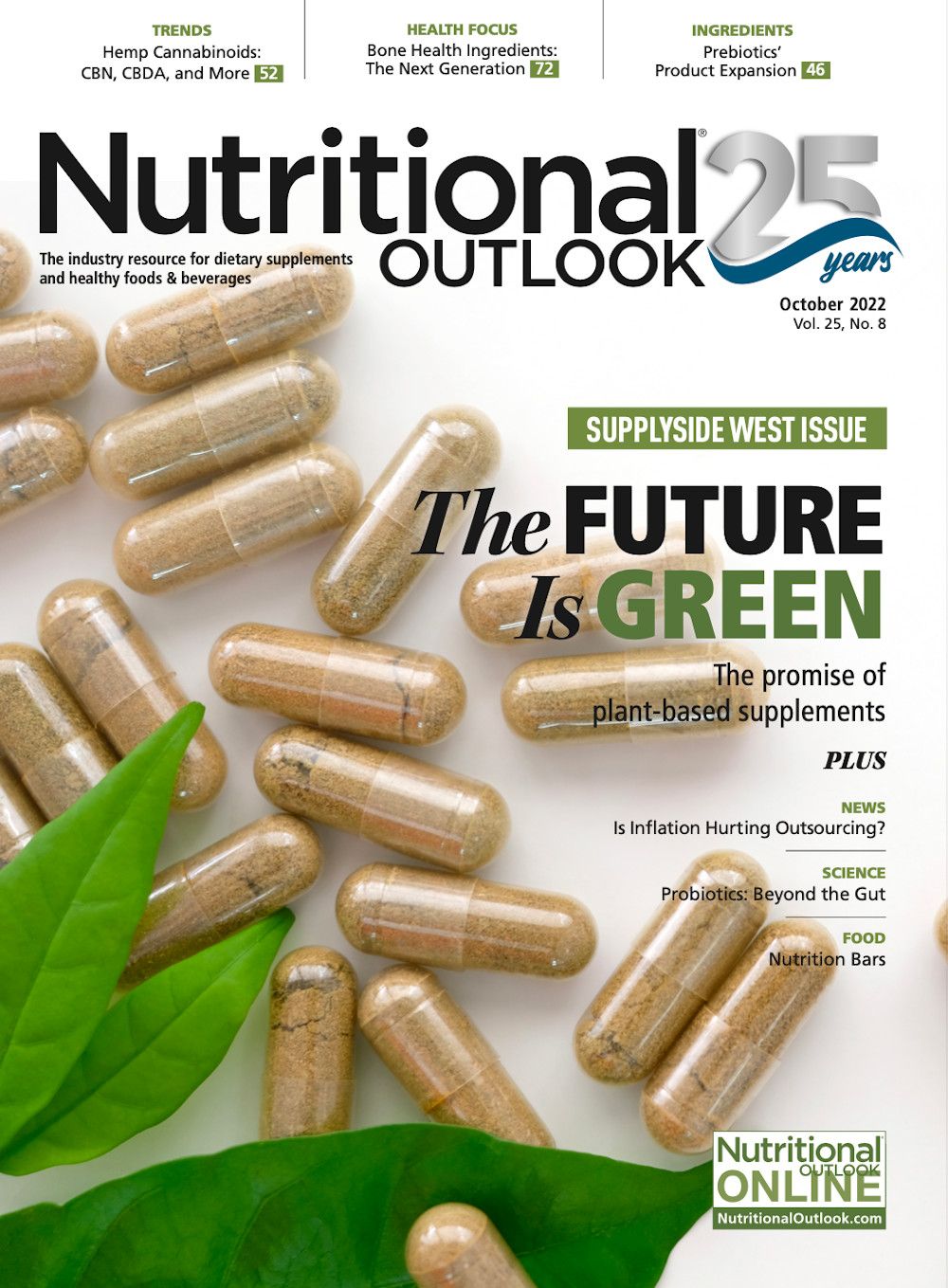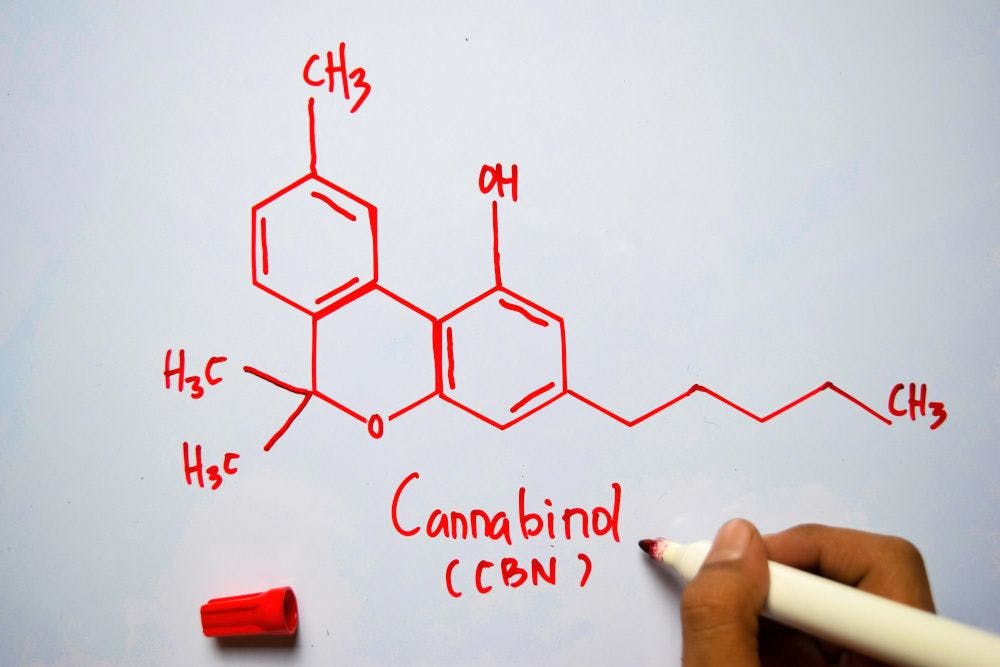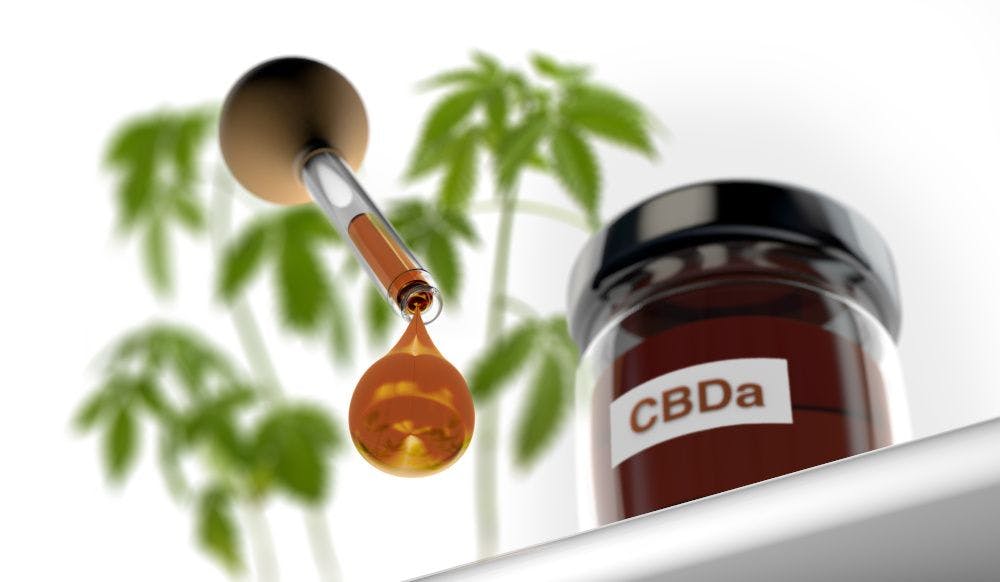Lasting benefits: How omega-3s remain relevant in a complicated wellness space
To stay relevant moving forward, products must evolve to meet today’s consumer needs.
Photo © Bestphotostudio - Stock.adobe.com

Omega-3 fatty acids have one of the most inspiring success stories in the supplements space—not just because of the benefits they’ve brought consumers, but because of the benefits they’ve brought the industry itself.
Yet despite no longer being the new kids on the supplement shelf, omega-3s still aren’t reaching as many users as they should.
Just ask Mark Smith.
“We conducted a survey of 1,200 U.S. vitamin, mineral, and supplement consumers who’d purchased any dietary supplement in the past 12 months to gauge their opinion on omega-3s,” explains the nutraceutical lead for Nuseed Nutritional, Nuseed (West Sacramento, CA). “The good news is that 81% have a positive opinion of omega-3 nutrients; the bad is that fewer than 20% are getting enough through diet or supplementation.”
That tells him that existing products don’t meet contemporary consumers’ evolving needs. And while that means brands need to up their games, he says, it also gives those same brands “more opportunity to bring these essential nutrients to more people than ever.”
In Demand
Intake gaps notwithstanding, one clear trend in the omega-3 sector remains consistent strong demand.
As evidence, the recently completed annual ingredient-marketing report from the Global Organization for EPA and DHA Omega-3s (GOED; Salt Lake City, UT)—covering omega-3 use across everything from supplements and infant formulas to functional foods, pharmaceuticals, pet foods, and more—calculated 2021 volume growth for the sector of 2%, totaling 115,031 metric tons.
Market value, meanwhile, rose 5.5% to $1.53 billion, with dietary supplement oils accounting for $769.2 million of that total, and U.S. users gobbling up 29% of the demand. “And it merits mention,” notes Ellen Schutt, GOED’s executive director, “that omega-3s, like many supplement categories, benefited in 2020 from a COVID-19 boost—and 2021 was another solid year for sales.”
But while the sailing has been relatively smooth for omega-3 demand, the supply-side situation has experienced a bumpier ride.
“Delays in shipping and softgel production availability, labor issues, and higher prices both for omega-3 oils and necessary manufacturing components all play a part,” Schutt concedes. Add the war in Ukraine and general inflation to the picture and “there’s definite concern about a drop in short-term sales,” she warns.
But supplement consumers appear to be saving the day by remaining bullish on omega-3s. “Despite the issues—and the fact that omega-3s are a mature category rather than the latest fad—the market remains robust,” Schutt maintains. “GOED members report higher-than-expected demand for omega-3 oils, capacity expansions are in the works, and the long-term forecast for EPA and DHA omega-3s is strong.”
Hot Topic
One of those members happens to be supplier GC Rieber VivoMega (Kristiansund, Norway). Ole-Johan Nekstad, sales manager at the company, reinforces Schutt’s observations.
“Because omega-3s are known to benefit many aspects of health, their popularity keeps rising,” he says. “Even on social, there’s an incredible conversation surrounding omega-3s, with more than 2.1 million Instagram uses of #Omega3, and nearly 72,000 more of #Omega3s.”
TikTok videos with #Omega3 in the captions have captured 220 million-plus views as of August 30, 2022, too, he adds, all of which convinces him that “the omega-3 market continues to interest consumers and benefit the industry in general.”
Gap Remains
And yet, consumption gaps remain—confoundingly so.
“Omega-3s have enjoyed the success they have because of the strong body of evidence around EPA’s and DHA’s benefits—more than 45,000 scientific publications,” Schutt notes. “And the science keeps growing, with approximately 2,000 papers published each year. But in 2015, the U.S. Dietary Guidelines Advisory Committee reviewed data from What We Eat in America/NHANES and found 90% of Americans below the recommended intake of 250 mg DHA+EPA daily.”
That bodes ill not just for sales but for public health, as well. “Omega-3s are in every cell of the body,” stresses Barbara Davis, PhD, RDN, Nutriterra science and regulatory at Nuseed, “and they’re essential to maintaining good health. Up to 10% of the brain is composed of DHA, making it fundamental to healthy brain function.”
But because we can’t synthesize these essential fats from scratch, we’ve got to obtain them, or their building blocks, from somewhere—and many consumers apparently haven’t figured out where that is.
Spotlight the Science
That’s not because they lack options; the variety and experiential appeal of omega-3 supplements and functional foods and beverages has advanced astoundingly compared to what it was even a few years back.
But brands still need to get strategic about building a bigger base.
And one such strategy is to spotlight the science, says Chris Kalodis, North American marketing manager, dietary supplements, DSM (Parsippany, NJ)—a strategy he credits for having “the potential to take omega-3s to a new level of relevance.”
Pointing to “a wealth of new research into omega-3s’ role in supporting heart, brain, and eye health,” he notes that “an increasing body of evidence even suggests that they help support immunity, sleep, and more. Studies are now underway examining the nutrients’ roles in aspects of cognition, cancer, pregnancy, and other conditions, too.”
Get ‘Em Young
Kalodis also believes that omega-3 brands “would do well to attract younger consumers” by attending to the topics that resonate with them—like sustainability, plant-based sourcing, and benefit claims around mood, sleep, wellbeing, and immunity, he suggests.
Nekstad agrees. “There’s a generational change going on,” he argues. “Younger consumers are more aware of and focused on sustainability and the footprints of the products they choose—and they’re willing to pay more for ones that demonstrate traceability, certifications, and sustainable sourcing and production.”
In other words, “Good for me; good for the planet” might be the maxim that omega-3 brands need to adopt.
Marine Morass
But making omega-3 sourcing as good for the globe as it is for the individual could prove a sticky wicket, given the sector’s heavy reliance on marine sources that limits sustainable—and, therefore, long-term—growth.
As Katrina Benedicto, Nuseed Nutritional’s sustainability director, explains, though the fish species from which industry has traditionally extracted omega-3 oils are “technically” renewable resources, “they don’t reproduce quickly enough to meet growing omega-3 demand.” What’s more, the United Nations Food and Agriculture Organization warns that 70% of the world’s fisheries are harvested at capacity, with future supplies vulnerable to environmental pressures like ocean acidification and climate change.
The latter is already affecting the abundance and migratory patterns of wild-harvested anchovy and krill species, notes Greg Cumberford, vice president, science and regulatory, Natures Crops International (Winston-Salem, NC), adding that a petroleum spill off Peru’s coast in January, not to mention Japan’s plans to release nuclear Fukushima wastewater directly into the ocean, “don’t help.”
Much of the sector’s wild-caught marine suppliers struggle to sustainably meet current demand already, he says; one can only wonder what that struggle will look like in 10 years.
Thus, observes Smith, “The appetite for new omega-3 sources is huge.” According to Nuseed’s survey of 1,200 vitamin, mineral, and supplement consumers, in fact, fully 64% preferred a plant-based omega-3 option when such an option was on offer.
In Full Flower
It all leads Cumberford to conclude that “humans, globally speaking, can’t meet recommended omega-3 intakes in an ecologically feasible manner from fish-oil sources.” And the “obvious solution” he advocates “is to dramatically reduce pressure on wild marine omega-3 sources by switching to regeneratively grown, non-GM terrestrial sources.” Why non-GM? “We believe that widespread production of GM commodity crops developed for their EPA and DHA permutations poses significant supply-chain challenges, considering that natural and bioengineered species-specific traits cannot comingle with members of the same species,” Cumberford states.
One such regeneratively grown, non-GM terrestrial source is ahiflower, which Cumberford describes as a hedgerow weed species endemic to the UK whose production Natures Crops manages and fully traces.
From a supply perspective, Cumberford claims that ahiflower oil and its plant source “aren’t impacted by pandemic disruptions, war, or climate change, and are fully scalable to meet aggressively rising demand.”
As for the oil’s ability to improve omega-3 status, preliminary results1 from a dietary-intervention trial that measured DHA turnover—that is, the body’s de novo synthesis—in mice showed that the “uniquely high” levels of alpha-linolenic acid (ALA) and stearidonic acid (SDA) in ahiflower oil “biosynthesized” to DHA with “comparable efficiency” to marine DHA, and significantly faster than flaxseed oil, Cumberford says.
“This preliminary evidence indicates that in mammals, plant-based sources—led by ahiflower oil—provide all the omega-3s needed to support normal functioning for optimal wellness,” he says, “indicating that high DHA intake isn’t the only option and likely isn’t necessary to provide cells and tissues a more complete array of dietary omega-3 benefits.”
And it comes atop published human studies showing that ahiflower oil boosts circulating EPA significantly more than does flaxseed oil, he adds, thanks to ahiflower oil’s SDA, which appears to convert to EPA more readily than does ALA.
Going Green
Beyond regeneratively grown weed species, farm-raised algae offers another solution to omega-3’s sustainable-sourcing crisis.
“Producers continue introducing many new algal products,” Schutt notes, “capitalizing on both the new capacity coming online and on consumer interest in plant-based eating.” Developments that have struck her eye include the launch of several algal concentrates “with more EPA and/or DHA per serving than was previously available,” she says.
Kalodis points out that DSM built its life’sOMEGA portfolio around “100%-vegan omega-3s naturally derived from sustainably cultivated algae—leaving no impact on marine ecosystems and appealing to eco-conscious consumers.” It’s an effort the company is especially proud of, he adds, as “the world needs more sustainable solutions to preserve marine life and ecological biodiversity.”
Embracing Biotech
And while naturally farmed algae and regenerative crops deserve applause for their contributions to sustainable omega-3 production, Davis and Nuseed are unapologetic in embracing biotechnology as a tool to keep the market for, and access to, omega-3 fatty acids a going concern for generations.
“Advances in biotechnology have real potential to solve our biggest nutrition, environmental, and supply chain challenges,” she declares, “and Nutriterra”—Nuseed’s omega-3-rich canola—“is a major advance in modern plant biotechnology.”
It all started when the company introduced microalgae genetics into its Nuseed canola crops, allowing them to produce long-chain DHA and EPA while also doubling the canola’s ALA content relative to conventional crops.
The payoff is a plant-based oil that not only comprises 10% DHA and EPA and 20% ALA, but that also shifts conventional canola’s omega-6/omega-3 ratio from 2:1 to the more desirable 1:4 ratio in favor of omega-3s.
“This is vitally important for rebalancing the body’s ratio of omega-6s to omega-3s,” Davis explains, “which helps to maintain a healthy inflammatory response.”
Ecologically, the oil could double global DHA supplies “without pressuring ocean resources or converting open spaces for cultivation,” Nuseed’s Benedicto adds, noting that just 1 to 2 hectares of Nuseed’s omega-3 canola produces as much DHA as 10,000 1-kg fish.
“Canola already grows on five continents with a well-established infrastructure for producing and processing the seed into oil,” she continues, noting that domestic growth and processing reduce the oil’s carbon footprint for U.S. users and simplify supply chains by eliminating “complex import requirements around catch quotas and sourcing documentation.”
And in applications, she claims, “Its milder taste and aroma compared to marine options make it easy to formulate with and give it the potential to attract lapsed omega-3 users who left the category over sensory challenges.”
Live Long and Prosper
As far as Cumberford is concerned, plant-based sourcing proves that the world can close its omega-3 gap without decimating fish stocks or resigning itself to fishy-tasting supplements.
And we have not only savvy omega-3 ingredient suppliers to thank, but the march of time itself.
How so? “Evolutionarily, we humans didn’t develop our magnificent craniums from ready access to preformed DHA or oily sardines and anchovies in coastal waters. We did develop an innate capacity to convert diverse, essential plant-based omega fatty acids from nuts and seeds in hunter-gatherer diets into all the longer-chain omegas needed for optimal wellness.”
Consumers can “get lost in the omega-3 acronym soup,” he says, but “there’s no dispute that we need these nutrients, and that most of us aren’t getting enough. Now we can supply them regeneratively. So from both a business and a sustainable-health proposition, there’s so much to be excited about.”
Reference
- Scientific abstract. Metherel M et al. “Blood and tissue DHA synthesis and turnover rates are faster in mice fed Ahiflower oil compared to flaxseed oil using compound-specific isotopic analysis.” Presented at the Canadian Nutrition Society Annual Conference (May 5-7, 2022).























